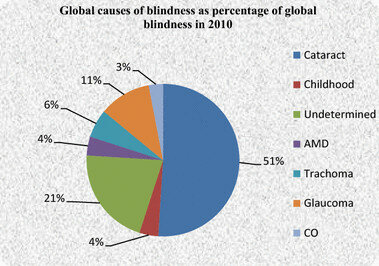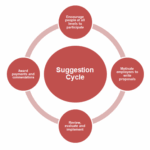Blindness to organizational deficiencies—also known as organizational blindness—describes a phenomenon in which employees continue to act out of habit, even though the original conditions that once made such behavior effective have since changed.
This type of blindness often arises when certain behaviors have led to satisfactory or successful outcomes in the past. As a result, employees fail to question outdated practices, overlook changing environments, and resist necessary adjustments—even when those changes are critical for continued performance and competitiveness.
Causes and Characteristics
Organizational blindness typically develops when:
-
Past strategies and routines yielded success, reinforcing repetitive behavior.
-
Cultural inertia or hierarchical structures discourage critical reflection.
-
There is a lack of feedback or external input to challenge the status quo.
This behavior can lead to performance stagnation, missed opportunities, and increased vulnerability to market changes or internal inefficiencies.
Countermeasures Against Organizational Blindness
To mitigate organizational blindness, companies often rely on interventions such as:
-
Job rotations or internal transfers to encourage fresh perspectives.
-
External training programs to bring in new ideas and insights.
-
Hiring external talent who are not shaped by internal routines or norms.
-
Creating a culture that values critical thinking and change-readiness.
These measures help to disrupt habitual patterns, promote learning, and align employee behavior with current business needs.
« Back to Glossary Index






